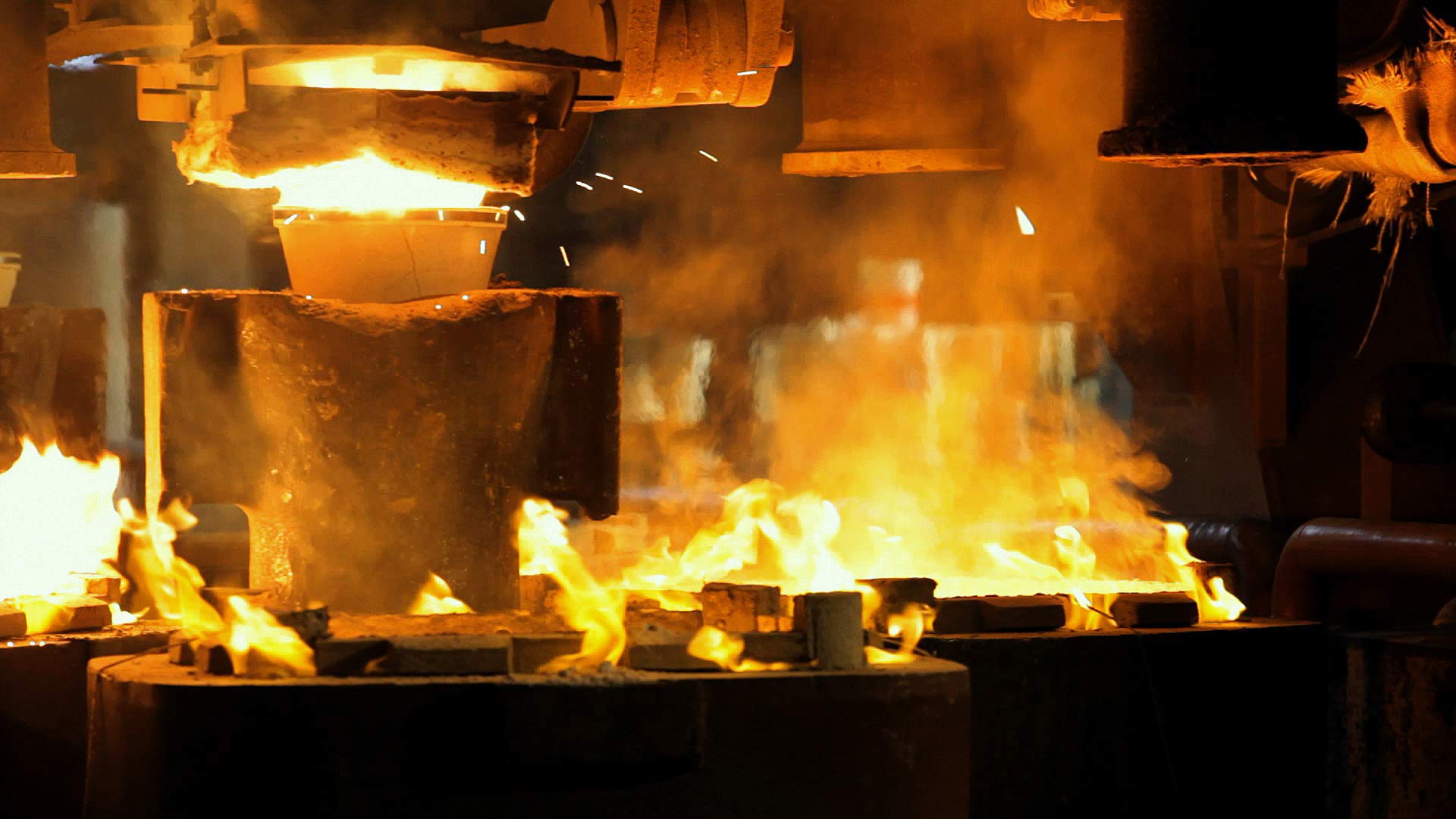Choose the measure unit in which display the data:
Valbruna Grade
VAL2D
Steel type
Martensitic Stainless Steel
Description of material
VAL2D is a high Chromium –Molybdenum –Vanadium martensitic stainless with a Carbon content capable of high hardness after heat treatment together with more pitting corrosion resistance than others C-Cr martensitic grades.
Applications
All applications where high hardness and resistance corrosion are indispensable, such as dental and surgical instruments, kitchen knives, parts of brakes, valves, plastic molds , parts of pumps ,pump shafts ,wear resistant devices, nozzles ,gauges, conveyor chains, axles , guides, instruments, table and professional cutlery. This grade after hardening and tempering provides a hardness higher than VAL2A and VAL2B. VAL2D is widely used in the production of sharp blades in professional cutlery manufacturing and also in table cutlery if a better cutting edge of blades and improved pitting corrosion is required.
Melting practices
EAF+AOD
Corrosion resistance
VAL2D has its maximum corrosion resistance when in the hardened + low temperature tempered condition and with its maximum hardness. Its use in the annealed condition or any other situation able to reduce the surface hardness and in Chloride containing environments, should be avoided. VAL2D has good corrosion resistance in mild environments such as fresh water, industrial and rural atmospheres, petroleum products, gasoline fuel oil and alcohol. In addition, VAL2D has a fair pitting corrosion resistance thanks to its high Chromium and Molybdenum contents. This grade could be supplied in the micro-resulphured condition, but in the case of mirror finishing, such as for table cutlery or similar purposes, this condition should be avoided. In the case of higher polishability requirements, a special steel making process and/or heat treatments should be chosen. It should be noted that this grade, as for every kind of stainless steel, surfaces should be free of contaminant and scale, heat tint, and passivated for optimum resistance to corrosion.
Cold working
In the annealed condition, this grade has a moderate cold forming ability, such as for cold heading or up-setting. A higher cold formability could be obtained after a long lasting annealing and very slow cooling in the furnace. It should be pointed out that VAL2D is prone to surface decarburization more than other C-Cr martensitic grades: a protective atmosphere should be considered in the heat treatment of finished pieces.
Machinability
A micro-resulphured VAL2D in the annealed condition and in the high temperature tempered after hardening condition offers a good machinability. This property is lower in the case of none micro-resulphured material, necessary for some special purposes. It’s important to know that the productivity gain depends on the type of machines used, the kind of tools used and their geometry, cutting fluids and the kind of machine operations on the pieces produced. Grinding and polishing of hardened + tempered material at maximum values of hardness must be carried out with great care in order to avoid the overheating of the surface of the piece resulting in poor corrosion resistance and/or grinding cracks.
Weldability
This process for martensitic stainless grades is always risky and a special care must be applied in the choice of welding parameters. In any case, if a welding process were required, a preheating is mandatory and the part must be maintained at temperature and followed by immediate annealing or tempering. Fillers of the same composition can be used to obtain mechanical properties close to that of the base metal. Alternatively, austenitic fillers may be used considering an inevitable reduction of these properties. In solid state joining such as Friction Welding, VAL2D provides a quality bond line. When friction welded with different grades, a tempering or annealing of the welded piece must be done in order to soften the martensitic structure of HAZ and bond line.
Hot working
Blooms and ingots require a suitable preheating to avoid cracks and a slow cooling in the furnace after forging. Overheating must always be avoided in order to reduce the risk of internal bursts. An improper cooling could result in stress cooling cracks. Large forgings and large cross – section shapes should be left to cool until their core reaches room temperature and, then, immediately, heat treated. A right and suitable heat treatment of pieces after the forging process creates a structure with no or little retained austenite avoiding delayed cracks.
Heat treatment
VAL2D should be double tempered after hardening in order to reduce or avoid retained austenite obtaining high values of hardness. Double tempering is not normally used in cutlery production where a single one should be sufficient.
Designations
| W.N. | 1.4116 |
|---|---|
| EN | X50CrMoV15 |

